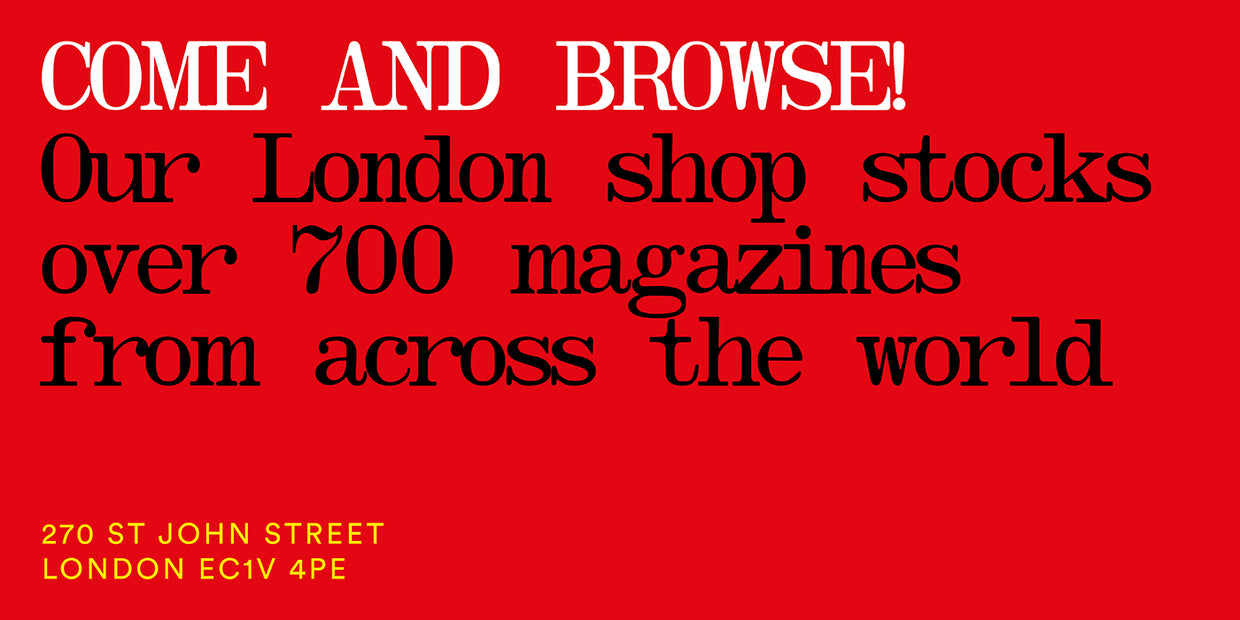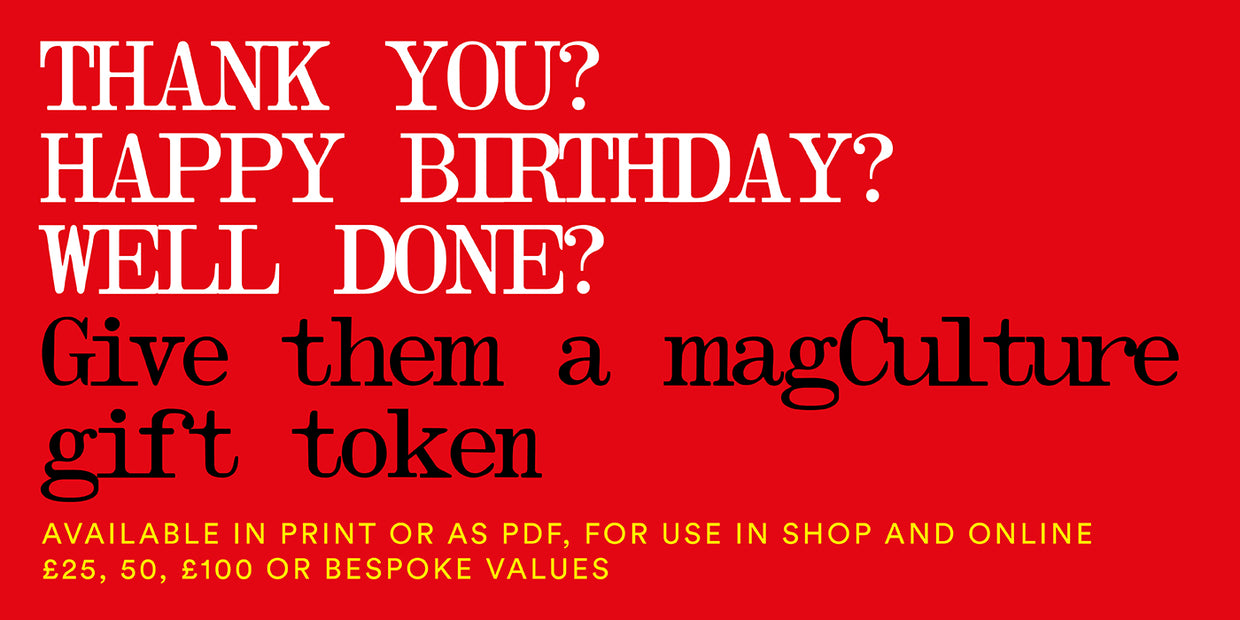
Sudeeksha Somani, Body Talk
Sudeeksha Somani is an Indian graphic designer who studied at Lasalle, Singapore before moving to London to study at Central Saint Martins.
As part of her studies she conceived and published Body Talk, a magazine about mental health and body image. The second issue is available now, themed ‘Vulnerability’.

What are you up to this Monday morning?
Every day starts mostly the same…first things first—coffee! I can’t start my day without it. After making myself a cup I move to my desk and start going through my planner and emails. Some days I forget to eat the snack sitting right next to me because I get too engrossed with my to-do list (horrible habit!) Today, like most Monday’s, I’m lost in my work because I try to not do anything over the weekend.

Where are you?
I’m in my apartment in London.
Which magazine do you first remember?
I didn’t grow up with many artistic magazines around me. But I remember going through Vogue and falling in love with the fashion shoots and art direction. I loved art growing up, but magazines are what got me interested in the design world!

Which magazine matters to you the most this morning?
WePresent, issue five—there are technically three versions! This magazine is not only a visual treat, but an interesting exploration of how the three designers create layouts based on how they perceive the same content. Whenever I need inspiration, this magazine is what I look to!

Describe your magazine in three words.
Relatable, artistic, and of course, vulnerable.
What inspired you to launch a print magazine and digital platform about the stigmas surrounding mental health?
Originally, Body Talk was an idea that I had come up with for my final project during my undergrad and then I realised that I actually wanted to publish it because it could have a positive impact on others lives. Initially, it only spoke about body image and the mental health issues that come because of it. After finishing my MA in 2020, I finally had enough time to bring Body Talk into the real world.
There were two reasons why I started to focus more on mental health—firstly, I realised how much body image and mental health go hand in hand. Secondly, it was something that no one spoke about, especially in India.
With the world in such chaos, mental health problems had skyrocketed and so it felt like the perfect time to launch Body Talk. There is so much misinformation and stigma out there that prevents people from actually understanding the issues or get help. I wanted to change that.
I wanted to create a space that was open, honest and helpful and therefore I did it the best way I know how—through art and design. Creativity is a really strong tool to create empathy, interest, and exhibit various perspectives. Creatives are actually so powerful because their work can connect to all kinds of people in different ways. Therefore, creativity is the core of Body Talk.
I love magazines and have dreamt of having my own since I was a teen. But a magazine comes with so many rules which I felt didn’t fit into the openness of what I wanted to create. I learnt about zines and the history behind zine making. It was originally a revolutionary medium to talk about feminism, punk music, and new ideas. So I chose to create a zine because it was not only a powerful and rebellious medium, but also experimental and free.
I started posting on various platforms and reaching out to young creatives to ask if they’d be interested. Within a month I had all kinds of submissions. Some of the digital work was brilliant and in order to include it, I decided to make both a digital and a print zine. The content varied based on the medium; 3D interactive design and film went to digital, and riso prints and illustrations were added to print. I launched the digital zine in March 2021 and print in August 2021. It took seven to eight months to create both on my own.
What excites me about each issue is that they will cater to a different theme to help the reader dig deeper past surface level conversations and see mental health or body image through that tinted glass. I am also not fixed on the size or style of the zines because I want each issue to grow with me and have space for experimenting.

Is it difficult to find writers prepared to open up on the personal issues you focus on?
It is definitely harder to find writers that want to share such a private part of their life, but I think more and more people are realising the importance of sharing. It eliminates the idea that you are the only one experiencing something, and when you read something you relate to, it makes a difference. I also give them the option to share anonymously if they’d like, which some take up on.
The magazine has two distinct roles: first, to provide an outlet for the writers to express themselves, and second as inspiration and support for the reader. How do you balance these two roles?
I think they very much go hand in hand. When someone confides and shares something personal, it’s inspiring for the reader because they realise the courage that it takes to talk about things they maybe wouldn’t have otherwise. It feels like a hug from a stranger because you find comfort when you relate.
But I think the main balancing act is giving the creatives that freedom of expressing whatever they want but also having it cater to the theme of the issue. So many time’s we go back and forth to make it fit just right. And through their honest work, the contributors inspire and support the readers!
What does vulnerability mean to you?
To me, it is strength. Whether you are being vulnerable with others or yourself, its one of the hardest things to do.
What are you most looking forward to this coming week?
I’m really excited because I am going back home to New Delhi to visit my family and my dog!


